LG gram 17 vs. MacBook Pro 16: Which is a better buy?
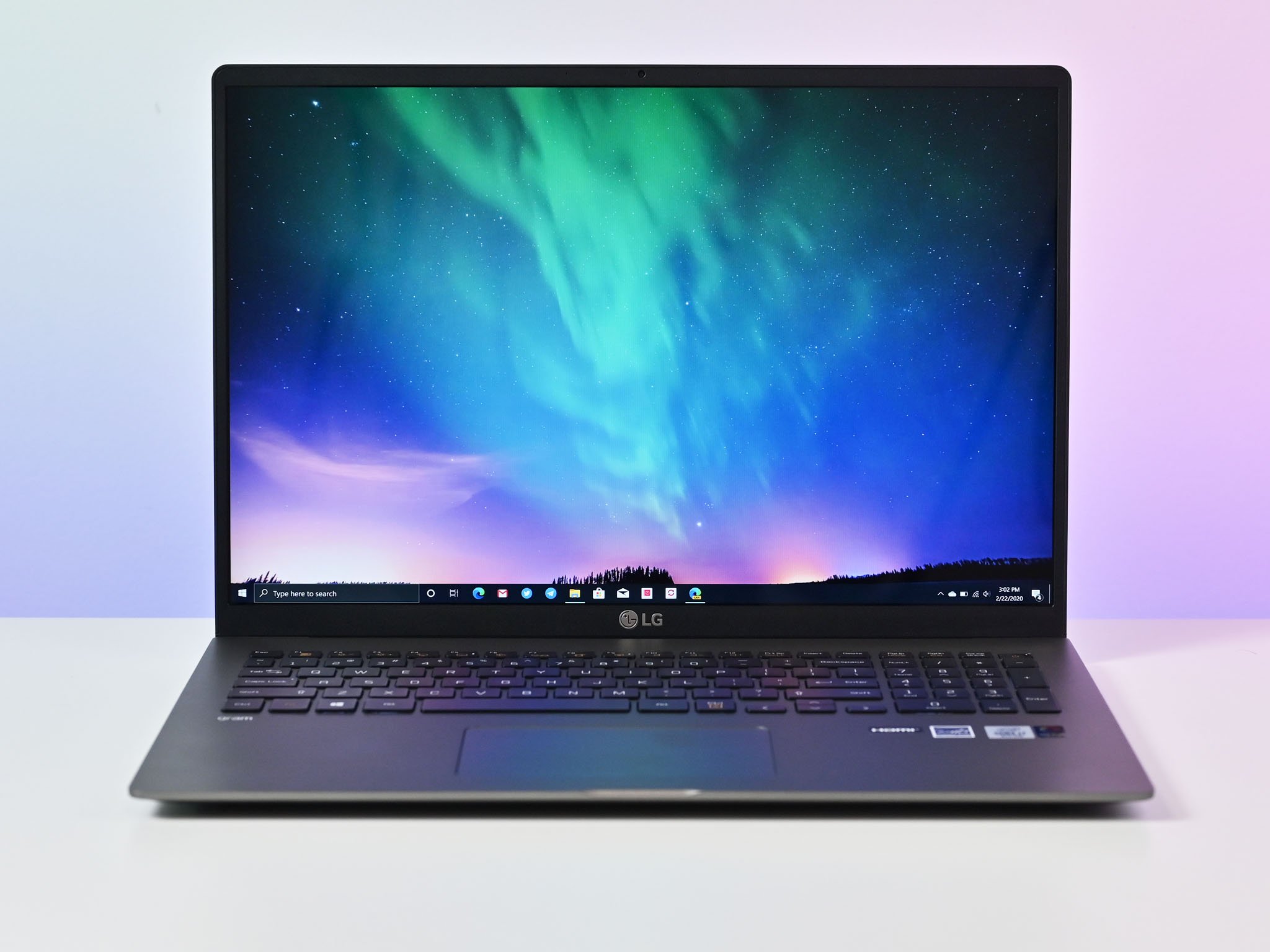
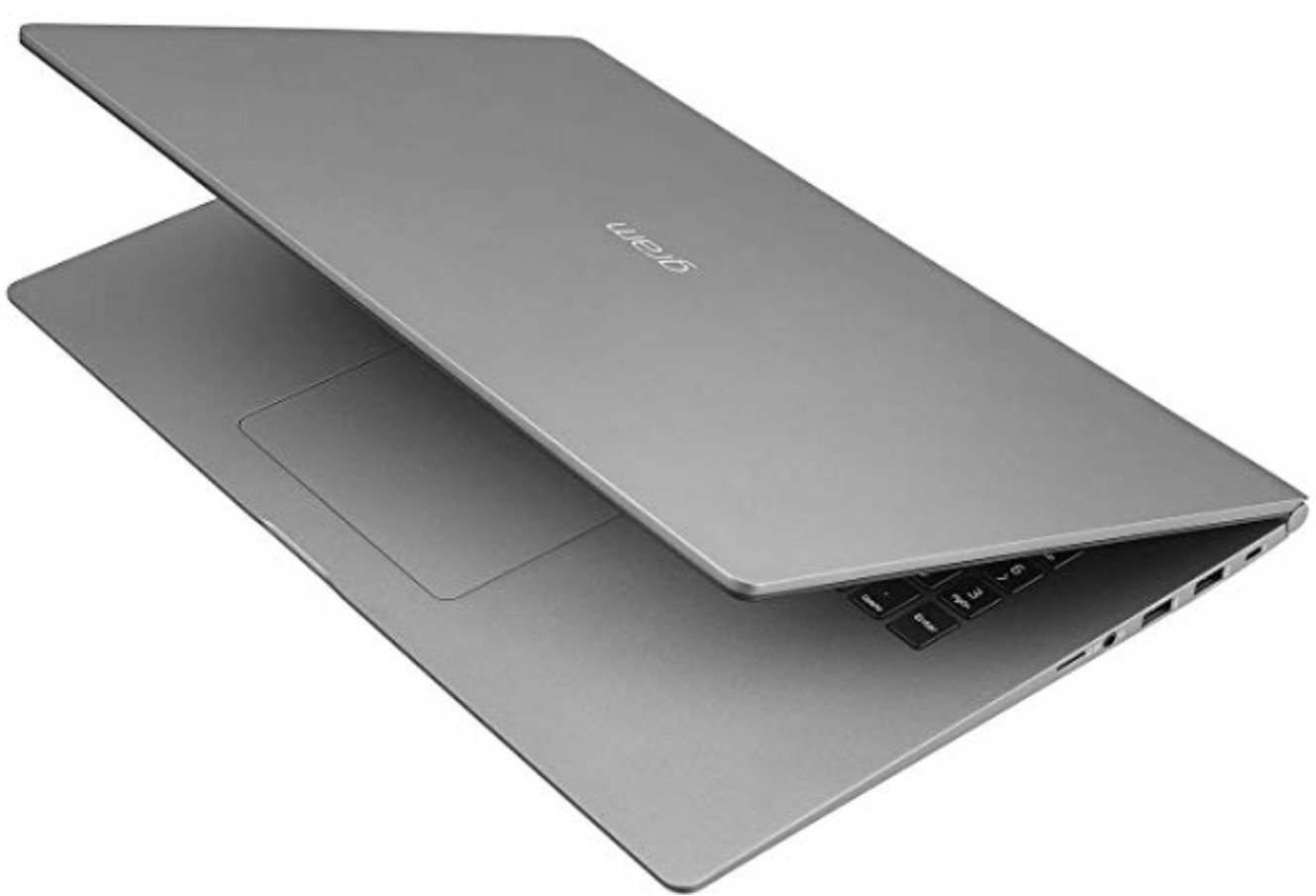
Huge Ultrabook
The LG gram 17 is unrivaled as a 17-inch laptop when it comes to its sleek, lightweight body, but there are some compromises. You won't get dedicated graphics, for example. However, this is still the best big Ultrabook around.
Pros
- Excellent 16:10 "2K" display
- Unrivaled size and weight for a 17-inch laptop
- Good port selection
- Outstanding battery life
- More affordable
Cons
- Only quad-core CPU
- No dedicated graphics
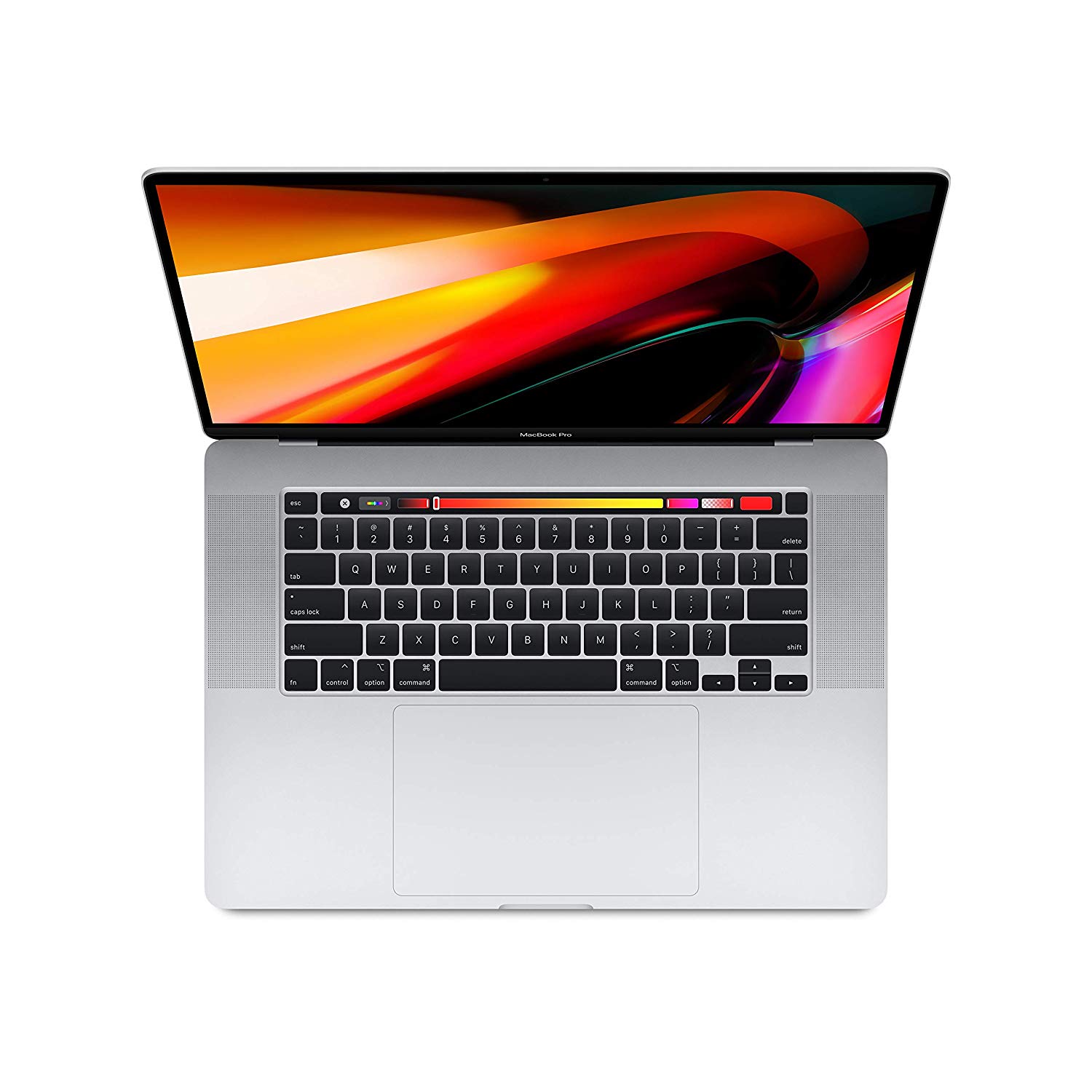
More power
The MacBook Pro is packed with hardware to excite, but all that comes at a high price. It's obviously attached to some of Apple's killer apps like Final Cut, but on a hardware level it's got more overall horsepower than the gram 17.
Pros
- Stunning Retina Display
- Can run Windows 10
- Dedicated graphics options
- 6-core and 8-core CPUs
- Access to apps like Final Cut and Logic Pro
Cons
- More expensive
- No legacy ports
Even though these are both big laptops, they're targeted at different users. The LG gram 17 is a fine Ultrabook, but that's what it is, albeit the best you'll find with a large display. It's more of a competitor for the MacBook Air than the MacBook Pro. By contrast, Apple's MacBook Pro has significantly more overall power on tap, and would still be a better choice for people such as creators, but that comes at a heavy price tag.
LG gram 17 vs. MacBook Pro 16 tech specs
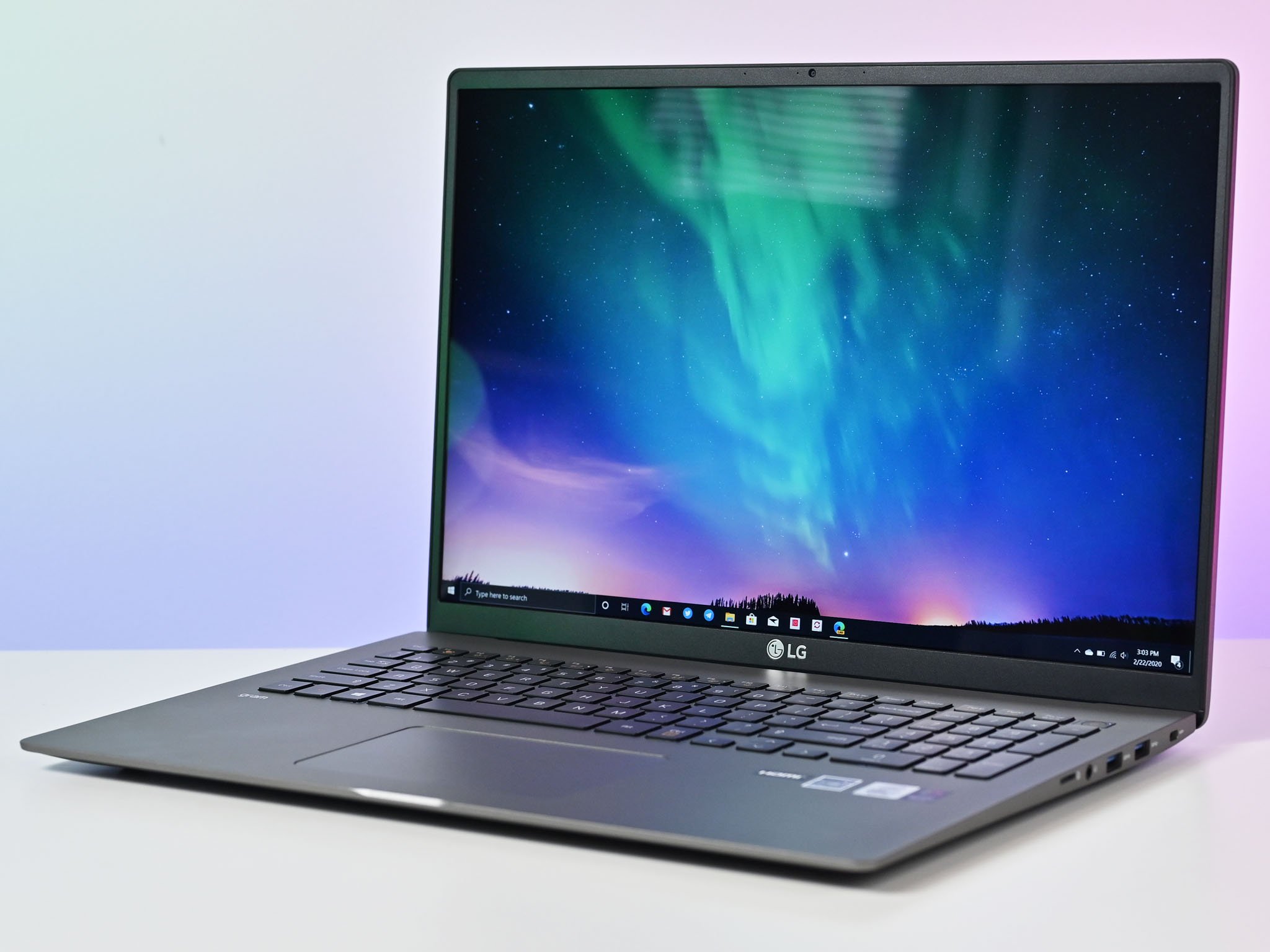
| Category | LG gram 17 | MacBook Pro 16-inch |
|---|---|---|
| Operating System | Windows 10 | macOS |
| Display | 17-inch WQXGA (2560 x 1600) | 16-inch 3072x1920 Retina Display |
| Processor | 10th Gen Intel Core i7-1065G7 | Intel Core i7 6-core Intel Core i9 8-core |
| Graphics | Intel Iris Plus | Intel UHD 630 AMD Radeon Pro 5300M 4GB AMD Radeon Pro 5500M 4GB AMD Radeon Pro 5500M 8GB |
| Memory | 16GB DDR4 3200MHz One 8GB (On Board) One 8GB (User upgradable) | 16GB/32GB/64GB |
| Storage | 1TB (2x 512GB) PCIe NVMe | Up to 8TB SSD |
| Ports | 3 x USB-A 3.1 USB-C Thunderbolt 3 HDMI 1.4 microSD card reader 3.5mm audio jack | 4 x USB-C Thunderbolt 3, 3.5mm headphone jack |
| Battery | 80Wh | Up to 11 hours |
The best big Ultrabook around
The gram 17 is almost unbelievable. It weighs the same as an Ultrabook but has a 17-inch 2560x1600 resolution display. The lack of weight is down to the innovative mix that makes up the chassis. It's durable, too, despite its lack of heft with a MIL-STD-810G rating. It almost feels like a non-working dummy unit to hold. It's that light. This is an unrivaled 17-inch laptop.
Inside, you get a 10th Gen Intel Core i7 processor, 1TB of PCIe SSD storage, 16GB of DDR4 RAM, a precision touchpad and a USB-C Thunderbolt 3 connection.
The LG gram 17 is an unrivaled 17-inch laptop.
That last one is particularly important if you're looking for graphics power. Besides external displays and docks, you can attach an eGPU to the gram 17. The downside is that's only useful in the office or at home, where the MacBook Pro has powerful graphics everywhere you go.
In our review of the LG gram 17, Executive Editor, Daniel Rubino, had this to say:
"If you like the phrase 'go big or go home,' then the gram 17 is your best choice right now. Last year I said I was fascinated with gram 17, and that is still true in 2020."
LG essentially made a 13-inch Ultrabook, with a sleek, lightweight form factor and excellent battery life, but then slapped a 17-inch display on it. It's still a game-changer for the 17-inch laptop space, which is usually dominated by bulky, heavy machines.
The case for the MacBook Pro
The case for buying a MacBook Pro partly hinges around Apple's software and ecosystem. If it's something you're already invested in, then switching away might not be for you, and no Windows laptop will likely sway you (although you can always dual-boot Windows 10 if you absolutely need it). For example, the existence of software like Final Cut Pro, for example, may well still be reason enough to get a Mac.
All the latest news, reviews, and guides for Windows and Xbox diehards.
In most hardware areas the MacBook Pro has the edge. The gram 17 is an impressive Ultrabook, but the MacBook Pro isn't an Ultrabook. The clue is in the name. It has 6-core and 8-core CPUs in its arsenal, along with a range of dedicated GPUs from AMD.
The MacBook Pro is a winner when it comes to sheer power in this comparison.
The Radeon Pro 5300M and 5500M are both excellent, extremely capable GPUs, and Apple's optimizations to its own software make it a dream pairing. For CPU and GPU intensive workloads, the MacBook Pro is a definite winner over the gram 17.
There are compromises, though, not least the price premium. Even the basic MacBook Pro 16 without dedicated graphics is nearly $600 more expensive than the gram 17, though truthfully, nobody should buy that version anyway. But once you start tacking on the GPU, more RAM, more storage, the bill begins to climb — a lot. As such, you really should be sure you need the additional hardware, because if you don't, you can probably get by with a gram 17 and save a packet.
You're also 100% all in on either USB-C and Thunderbolt 3 with the MacBook Pro or you're a fan of buying dongles to use your old accessories. It's a small thing, but it's important to a lot of people they can use their existing equipment with a new laptop.
The bottom line
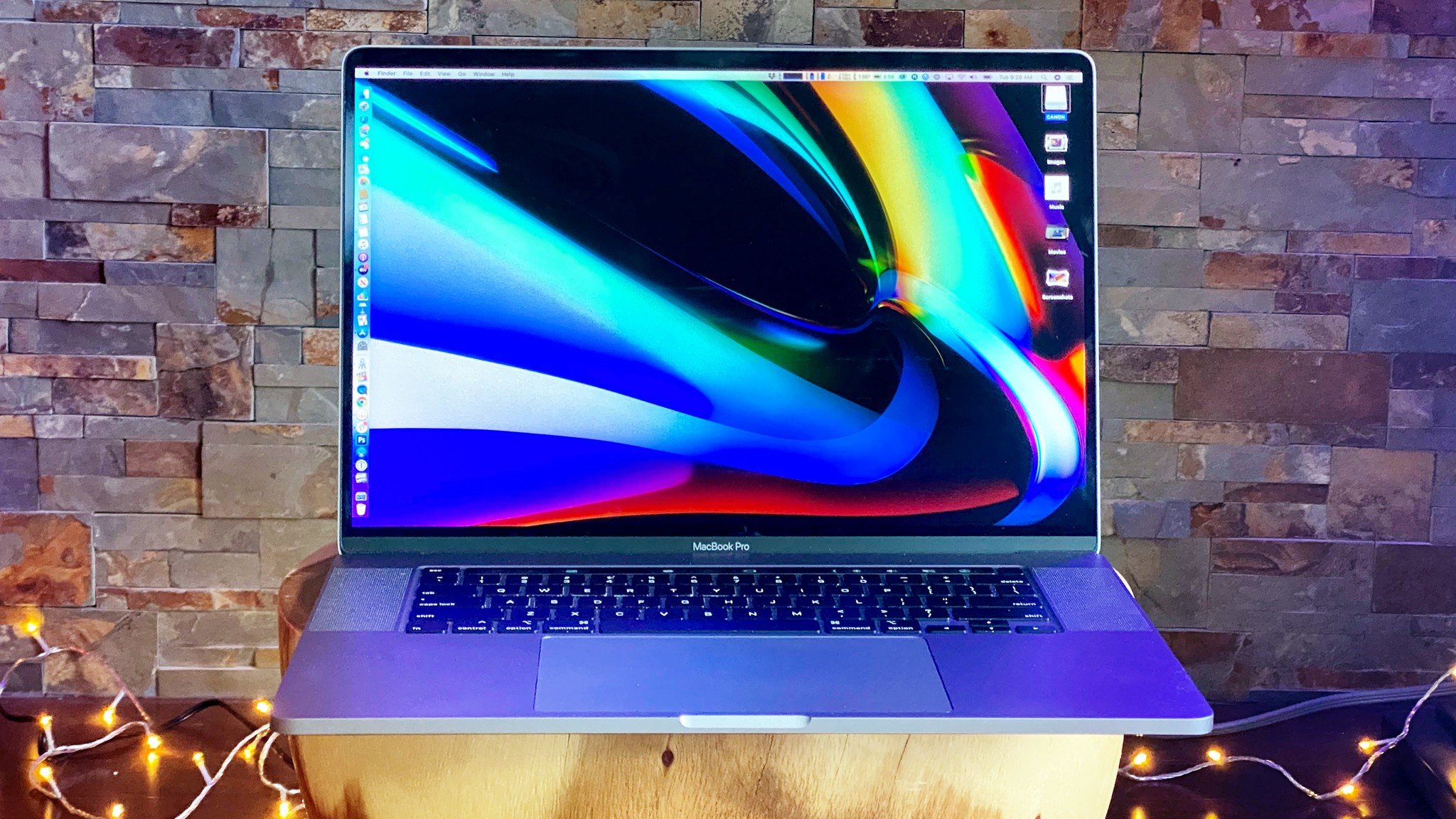
The LG gram 17 and MacBook Pro 16 are both exceptionally good laptops in their own ways, but, they're not really competition. Despite being a 17-inch laptop, the MacBook Air is a still more the type of laptop the gram 17 is than the MacBook Pro.
So it really comes down to your use case. If you wish you could get something like a MacBook Air but with a big, beautiful display but that's also insanely light and portable, the gram 17 is perfect. It's the best large Ultrabook you can get right now, and it's still unrivaled as a 17-inch laptop.
The MacBook Pro, despite the obvious software differences, is a laptop targeted at the professional-grade buyer. If you're looking to run CPU or GPU intensive workloads, edit video, do design work, or similarly intense processes, it's by far a better choice. The gram 17 supports an eGPU, but you can't really take that with you, so the higher-spec versions of the MacBook Pro 16 are the better buy.
The outlier is the base-model MacBook Pro 16. If you're considering this one, take a long look at the gram 17 instead. Without the dedicated GPU it's a tough sell at nearly $600 more.

Richard Devine is a Managing Editor at Windows Central with over a decade of experience. A former Project Manager and long-term tech addict, he joined Mobile Nations in 2011 and has been found on Android Central and iMore as well as Windows Central. Currently, you'll find him steering the site's coverage of all manner of PC hardware and reviews. Find him on Mastodon at mstdn.social/@richdevine

